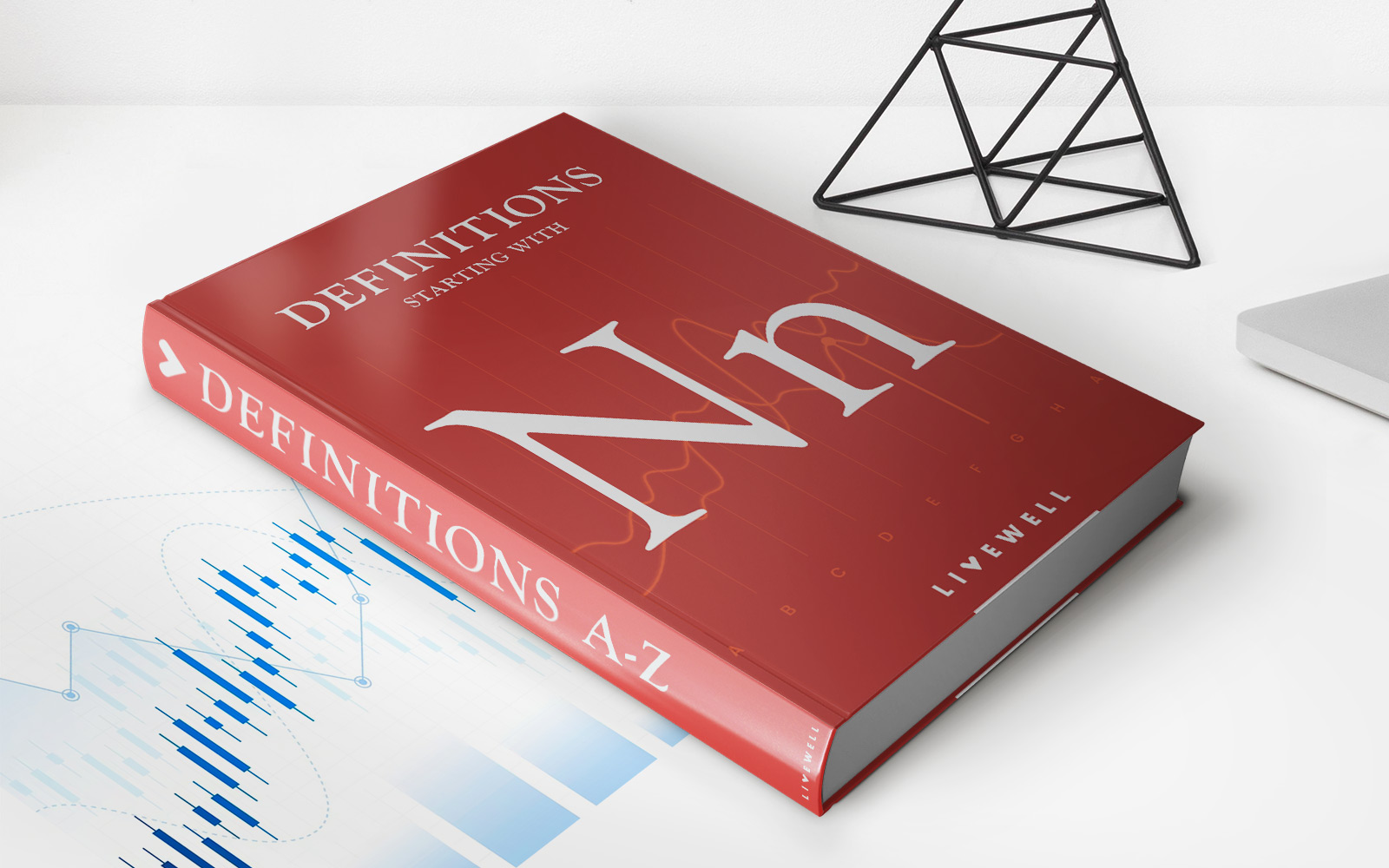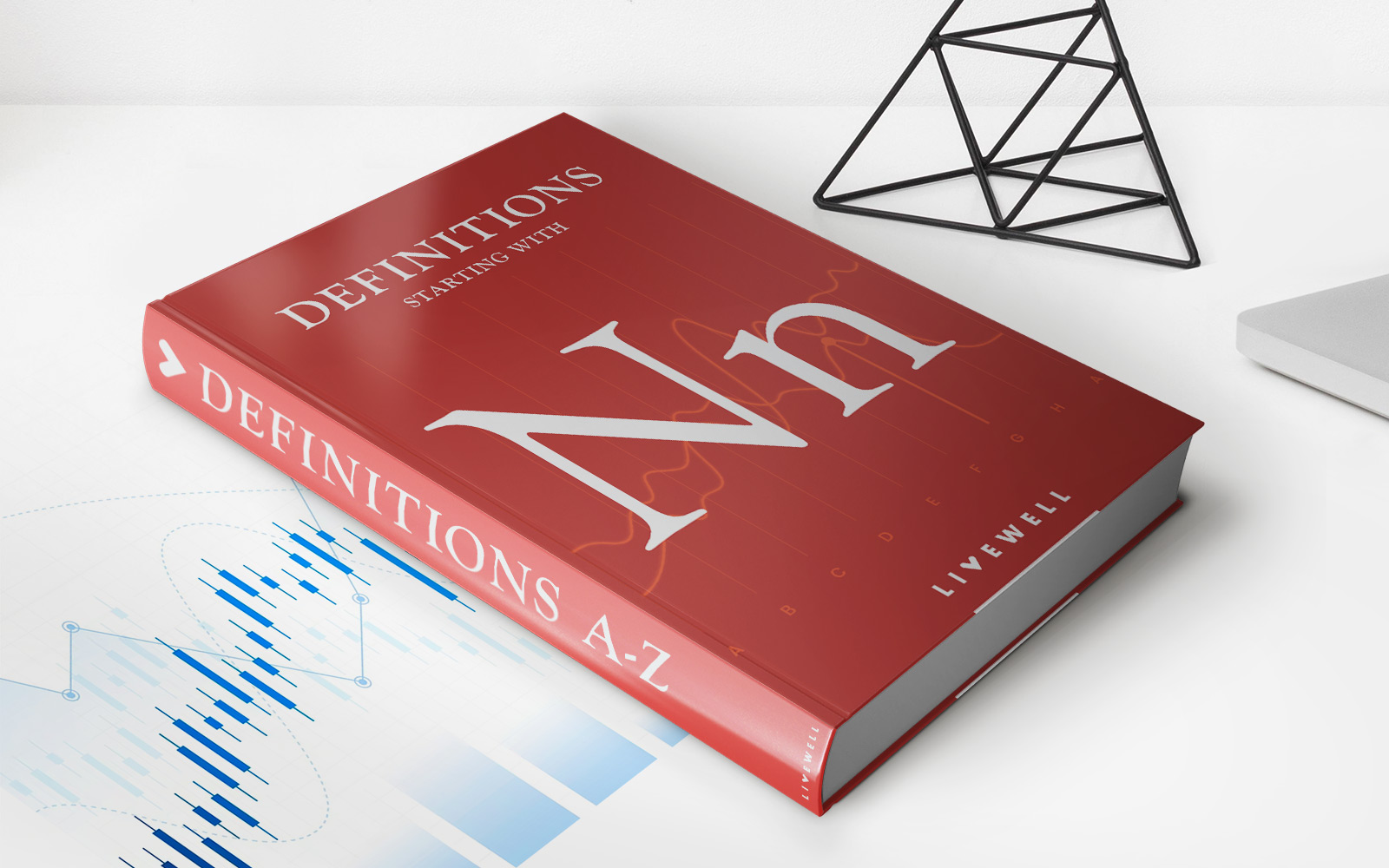

Finance
Baltic Exchange Definition
Published: October 13, 2023
Learn about the Baltic Exchange, its significance in the world of finance, and how it impacts the global shipping industry.
(Many of the links in this article redirect to a specific reviewed product. Your purchase of these products through affiliate links helps to generate commission for LiveWell, at no extra cost. Learn more)
The Baltic Exchange: Unlocking the Secrets of Global Finance
Welcome to the Finance category of our blog, where we delve into the world of stocks, markets, and financial institutions that drive the global economy. Today, we shine a spotlight on the Baltic Exchange, a unique institution that plays a crucial role in the shipping and commodity markets. For those unfamiliar with this term, let’s uncover the definition and learn why understanding the Baltic Exchange is essential in navigating the intricate world of finance.
Key Takeaways:
- The Baltic Exchange is a London-based institution that operates as a hub for maritime trade and the global shipping industry.
- The Exchange provides reliable, transparent, and real-time data on shipping rates, assisting traders, analysts, and investors in making informed decisions.
The Baltic Exchange, founded in 1744, is a renowned marketplace for freight and shipping contracts. Located in the heart of London’s financial district, it has evolved into a respected institution over the years, attracting participants from around the world. But what exactly does the Baltic Exchange do, and why is it so noteworthy in the realm of finance?
At its core, the Baltic Exchange serves as a platform for buying and selling various shipping and freight-related contracts. It acts as a facilitator, connecting shipowners, charterers, brokers, and traders, enabling them to negotiate and finalize deals. This unique marketplace is crucial for anyone involved in the transportation of goods, providing them with access to critical market information and establishing fair and transparent rates for shipping services.
One of the Baltic Exchange’s significant contributions to the finance world is providing accurate and real-time data on shipping rates. This information is a valuable resource for traders, analysts, and investors who need insights into the supply and demand dynamics of the shipping industry. By monitoring the Baltic Exchange’s indices, market participants can make informed decisions on timing their investments, hedging against risks, or adjusting business strategies based on the prevailing market conditions.
As the global economy relies heavily on maritime trade, understanding the Baltic Exchange is paramount. Here are a few reasons why:
1. Market Transparency and Efficiency:
The Baltic Exchange fosters transparency by actively publishing its indices and market data, allowing participants to monitor market trends and assess fair pricing. This transparency enhances market efficiency by reducing information asymmetry and creating a level playing field for all involved.
2. Risk Management:
The reliable and comprehensive data provided by the Baltic Exchange assists businesses in managing risks. By staying informed about shipping rates and fluctuations, companies can hedge against market volatility and make strategic decisions to minimize potential losses.
In conclusion, the Baltic Exchange is much more than just a marketplace for freight contracts. It serves as a critical hub for the global shipping industry, providing reliable data, enhancing transparency, and offering risk management tools. Understanding the Baltic Exchange can be an invaluable asset for professionals in the world of finance, enabling them to navigate the complexities of the shipping and commodity markets with confidence.














